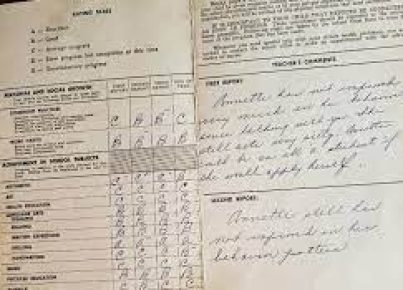Introduction:
Designing effective multiple-choice assessments is crucial for gauging the understanding and competence of learners in any educational setting. Therefore, instructors must create assessments that are not only well-structured but also reliable. In this free guide, we will walk you through the process of designing strong multiple-choice assessments that accurately measure your students’ knowledge.
1. Determine clear learning objectives:
Before you start creating your assessment, it is essential to have a clear understanding of the learning objectives you want to measure. These objectives should be specific, measurable, achievable, relevant, and time-bound (SMART). Knowing your learning objectives will guide the content of your multiple-choice questions and help you determine what topics to include.
2. Write effective multiple-choice questions:
A good multiple-choice question must have a clear focus and be written so that it measures the intended learning objective. To achieve this, follow these tips:
– Keep the language simple and avoid complex or ambiguous phrasing.
– Ensure that your question has only one correct answer.
– Use plausible distractors (wrong answer choices) that challenge students’ knowledge without being misleading.
– Avoid using “All of the above” or “None of the above” as answer choices.
3. Balance content coverage:
Your assessment should cover all important topics related to your learning objectives. To ensure balance, consider distributing an equal number of questions among each topic to reduce bias towards certain areas or subjects.
4. Use various levels of cognitive complexity:
While evaluating knowledge through recall-based questions is essential, also include higher-order thinking questions that require students to analyze, evaluate, and apply their knowledge in novel situations. By covering a range of cognitive levels in your assessment will provide a comprehensive evaluation of students’ understanding.
5. Review and refine your assessment:
Once all questions have been written, review each question thoroughly to ensure clarity, grammatical correctness, and alignment with learning objectives. Additionally, solicit feedback from colleagues to ensure the questions are accurate, unbiased, and effective in measuring student understanding.
6. Pilot the assessment:
Before implementing the assessment in the classroom, consider piloting it with a smaller group of test-takers to identify any problematic questions or areas for improvement. Analyze students’ performance data and gather their feedback to refine your assessment further.
7. Continuously improve:
After administering the assessment, analyze its results to identify trends, areas of success, and any potential improvements. Regularly revisiting and refining your assessments will ensure they remain reliable measures of student learning.
Conclusion:
Creating strong multiple-choice assessments is crucial for effectively gauging students’ understanding of your course material. By following these steps and continuously reviewing your approach, you can design robust assessments that accurately measure learners’ knowledge and help them succeed in your course.





